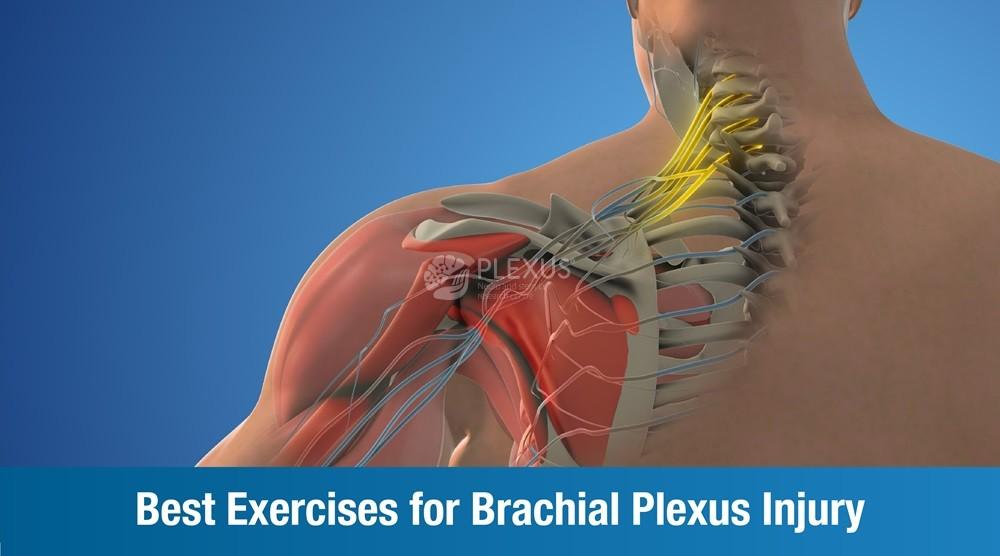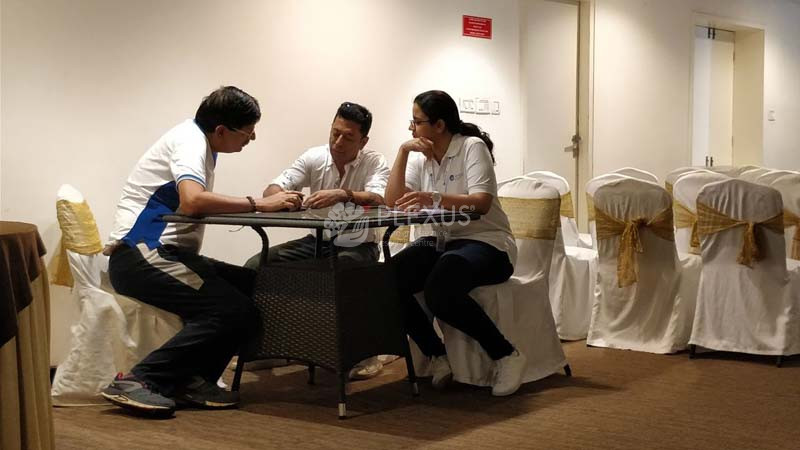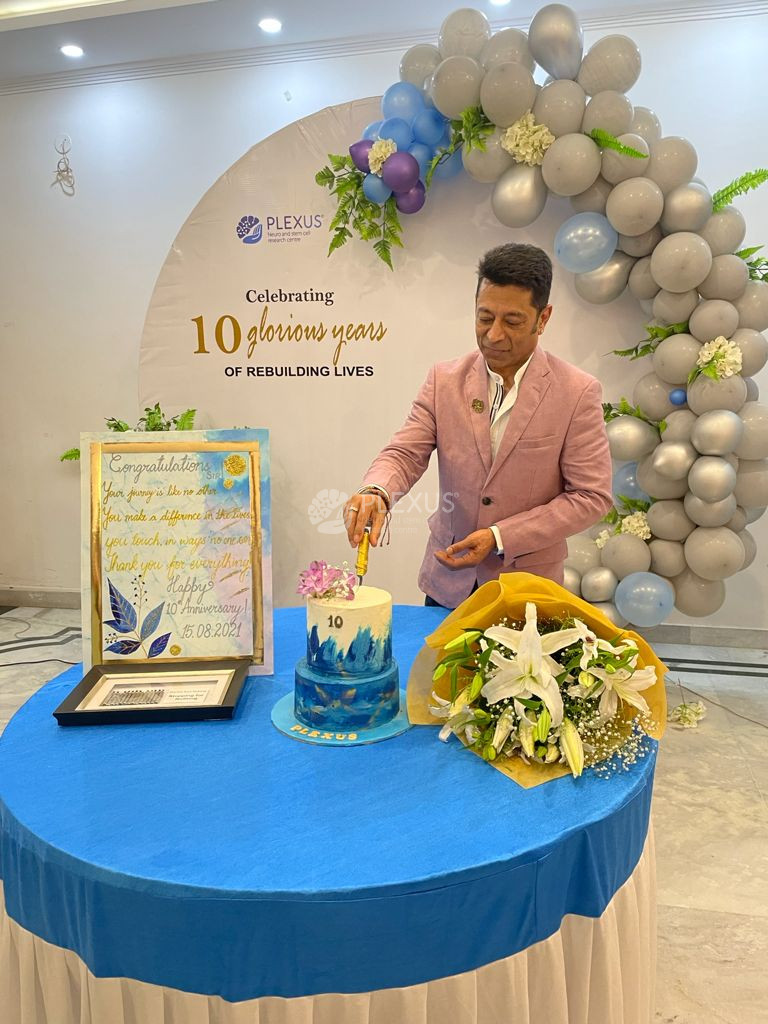
Brachial plexus injuries can severely affect mobility, coordination, and strength in the upper limbs. Whether the injury occurs during childbirth or later in life due to trauma or strain, early and consistent intervention can significantly improve outcomes. In this guide, we explore effective exercises, therapies, and treatment strategies designed to support recovery in both infants and adults.
What is a Brachial Plexus Injury?
The brachial plexus is a network of nerves that originates in the spinal cord and controls movement and sensation in the shoulder, arm, and hand. An injury to this area, known as a Brachial Plexus Injury (BPI), can disrupt signals between the brain and the arm, resulting in symptoms such as:
- Weakness or paralysis in the arm
- Loss of sensation
- Reduced reflexes
BPI often occurs during childbirth when the baby’s shoulder gets stuck behind the mother’s pelvic bone (shoulder dystocia), causing excessive stretching or tearing of the nerves. In adults, it can occur due to accidents, falls, or repetitive overuse.
Infant Brachial Plexus Injury Exercises
Early therapy in infants is essential to encourage nerve regeneration and muscle development. Here are the most recommended exercises:
1. Passive Range of Motion (PROM)
Gently move the infant’s arm in different directions (flexion, extension, abduction, adduction).
Perform daily to maintain joint flexibility and prevent stiffness.
2. Gentle Stretching
Slowly stretch the wrist, elbow, and fingers.
Avoid forcing the joints beyond comfort.
3. Tummy Time
Place the infant on their belly with supervision.
Strengthens neck, shoulder, and arm muscles.
4. Mirror Therapy
Use a mirror to reflect the healthy arm, stimulating the brain to activate the affected one.
5. Weight-Bearing Activities
Use cushions or toys placed just out of reach to encourage crawling and arm usage.
6. Gross Motor Play
Introduce colorful blocks, stacking cups, or plush toys to encourage reaching and grasping.
7. Massage
Gentle strokes help promote circulation and relaxation.
Never pull or apply pressure on joints.
At Plexus, these exercises are part of a comprehensive therapy plan tailored to each child’s needs. Our team may also incorporate nerve gliding, resistance training, and proprioceptive activities as needed.
Adult Brachial Plexus Injury Exercises
Adults recovering from BPI benefit from targeted physiotherapy to restore strength and coordination. These are some commonly recommended exercises:
1. Lateral Raises (with Dumbbells)
Stand up straight with feet shoulder-width apart.
Hold a dumbbell in your right hand, thumb facing up.
Squeeze your shoulder blades together.
Lift your right arm to the side until it’s parallel to the floor.
Hold for 5 counts, then lower.
Repeat on the other side.
Do 5 sets twice a day.
2. Biceps Curls (with Dumbbells)
Hold a dumbbell in one hand by your side.
Bend your elbow, bringing the weight toward your shoulder.
Hold for 5 counts, then lower.
Repeat 8–10 times per arm.
3. Wrist Curls (with Dumbbells)
Sit and lean forward slightly.
Rest your forearm on your thigh, palm up, holding a dumbbell.
Keep your forearm still and lift only your wrist.
Hold for 5 counts, then lower.
Repeat 8–10 times.
4. Triceps Kickbacks (using a Bench)
Kneel on a bench with one leg, supporting your body with the same-side arm.
Hold a dumbbell in the opposite hand.
Raise your upper arm until it is parallel to the ground.
Slowly extend your elbow back.
Hold for 5 counts, then return.
Repeat 8–10 times per arm.
Rehabilitation at Plexus
At Plexus, our multidisciplinary approach ensures every patient receives personalized care. Our rehabilitation program includes:
- Cell Therapy: Supports nerve regeneration using mesenchymal stem cells.
- Physiotherapy: Tailored exercises for range of motion, strength, and flexibility.
- Occupational Therapy: Focuses on daily living skills and fine motor development.
- Splinting & Bracing: Used in rare cases to maintain alignment.
- Counseling & Support: Helps families cope emotionally and practically with the injury.
For severe nerve damage, surgical options like nerve grafts or transfers may be considered.
FAQ’s
What are the best exercises to improve arm function after a brachial plexus injury?
The best exercises include a combination of passive range of motion, stretching, strengthening (using resistance like dumbbells or bands), and functional tasks like dressing or grooming. These build mobility, control, and strength over time.
How often should I perform brachial plexus injury exercises?
Daily practice is ideal, especially for gentle stretches and mobility exercises. Your therapist may recommend 2-3 focused sessions a day depending on severity.
Can exercises help reduce pain associated with brachial neuritis?
Yes, guided exercises can help relieve nerve-related pain by improving circulation, reducing muscle tightness, and supporting overall function. Always consult a therapist to avoid overexertion.
How do you rehab a brachial plexus injury?
Rehab includes a mix of physical and occupational therapy, often combined with cell therapy. The goal is to restore range of motion, improve strength, and support daily activity performance.
What is the best treatment for brachial plexus?
Most cases respond well to non-surgical treatments like therapy and rehabilitation. Surgery is only recommended for severe injuries with poor natural recovery.
What vitamins are good for the brachial plexus?
B6, B12, and D are beneficial for nerve health and repair. Always consult your doctor before starting supplements.
What should you avoid with a brachial plexus injury?
Avoid heavy lifting, overhead activities, or putting direct pressure on the affected limb. Focus on posture and protected movements.
Is brachial plexus injury permanent?
Not always. Many patients recover partially or fully with early and consistent therapy. Recovery depends on the severity and the nerves involved.










